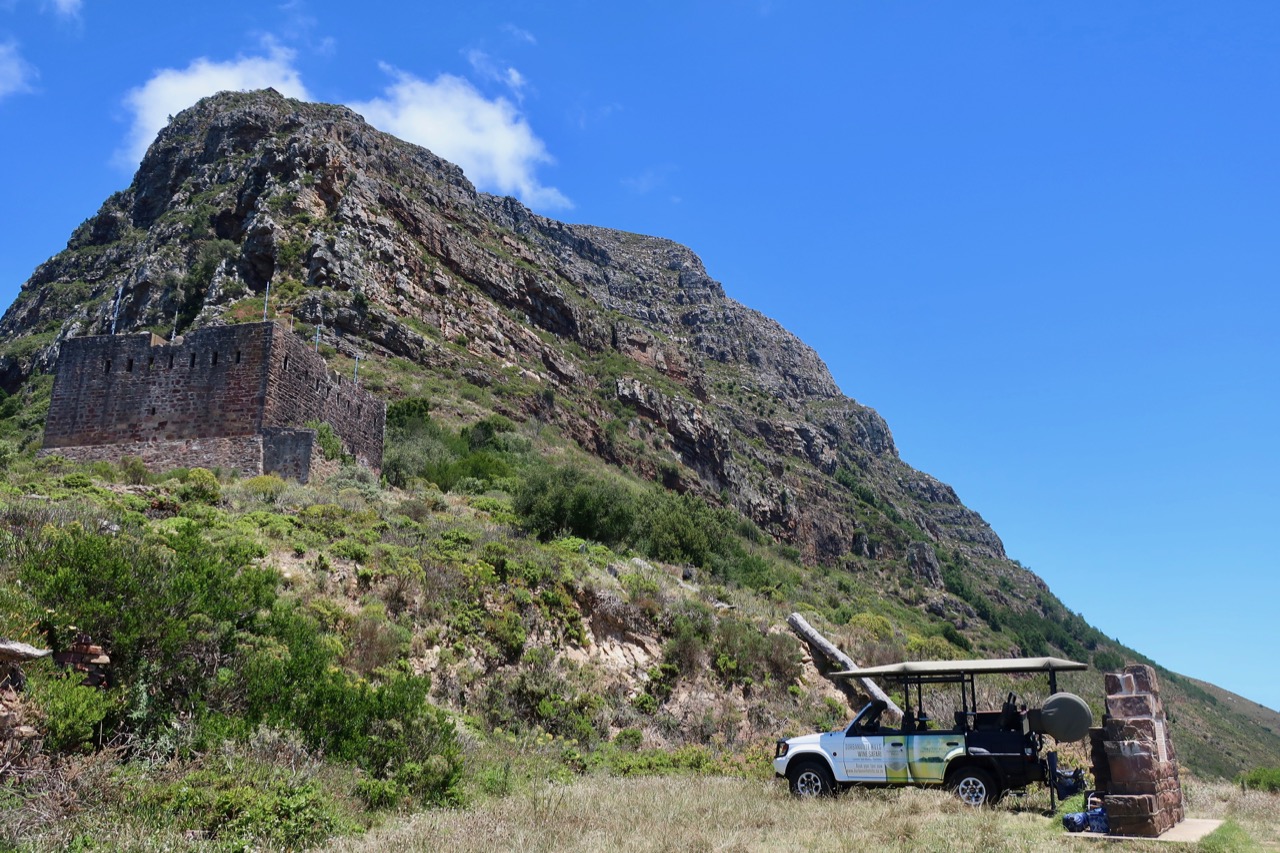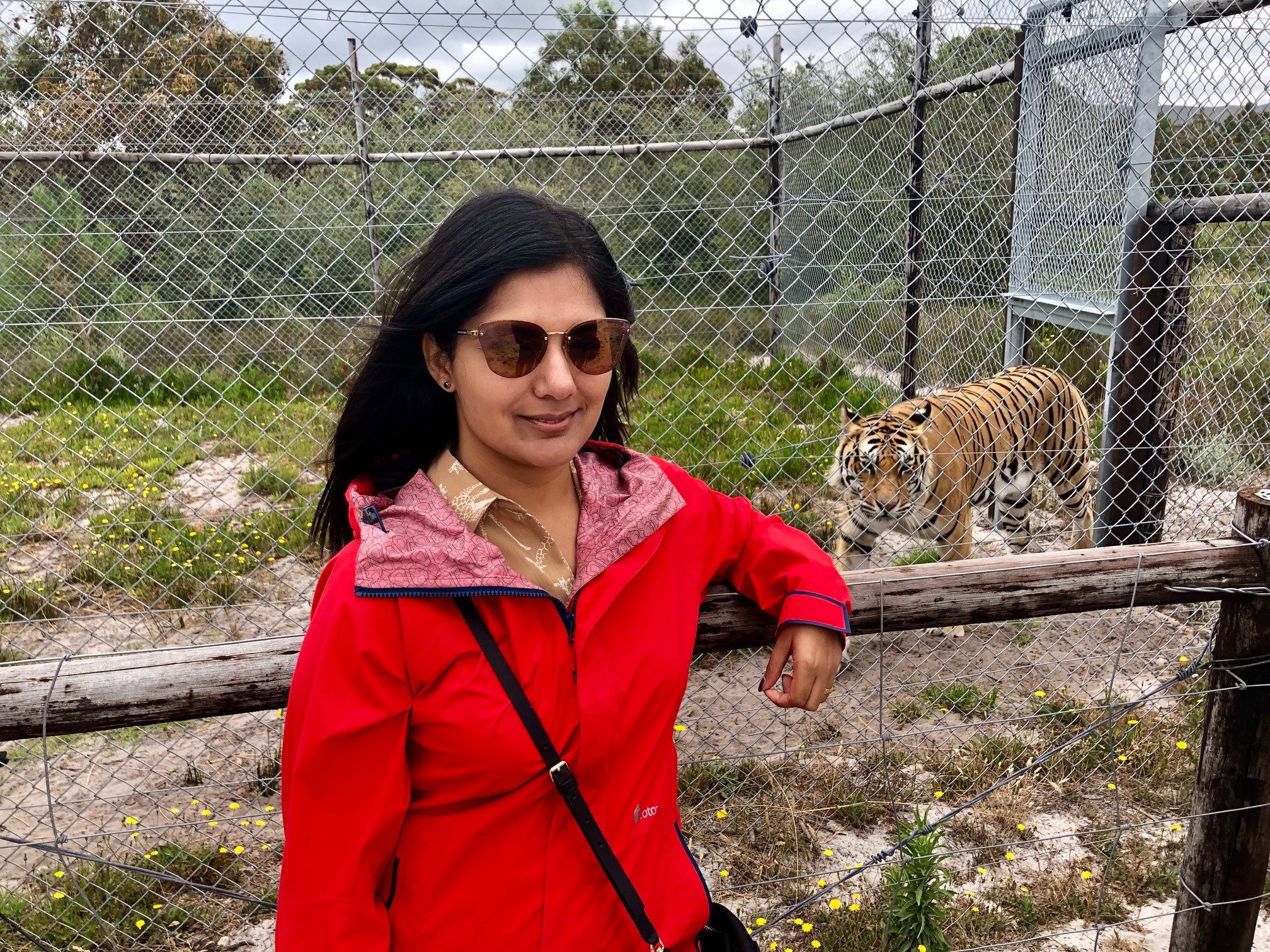
Take a scenic drive for an alternate way to see Table Mountain in Cape Town with Durbanville Hills Table Mountain Wine Safari.
view the post

Don’t fall for fake sanctuaries. Here are some places in South Africa where you can see wildlife and truly help towards their conservation.
view the post